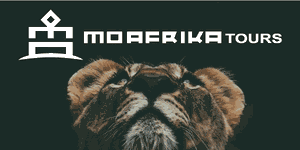
Safari Tours to Pilanesberg GR
-

5-Day Luxury Kruger and Pilanesberg Combo
$2,574 pp (USD)
South Africa: Shared tour (max 10 people per vehicle)LuxuryLodge
You Visit: Johannesburg (Start), Kruger NP, Kapama GR (Greater Kruger), Johannesburg Airport (Johannesburg), Pilanesberg GR, Johannesburg (End)

MoAfrika Tours
4.9/5 – 2,304 Reviews
-

3-Day Ivory Tree Game Lodge Luxury from Cape Town
$912 pp (USD)
South Africa: Shared tour (max 10 people per vehicle)LuxuryLodge
You Visit: Cape Town (Start), Pilanesberg GR, Johannesburg Airport (End)

MoAfrika Tours
4.9/5 – 2,304 Reviews
-

3-Day Radisson Johannesburg Package
$526 pp (USD)
South Africa: Shared tour (max 10 people per vehicle)LuxuryHotel
You Visit: Johannesburg (Start), Pilanesberg GR, Johannesburg Airport (End)

MoAfrika Tours
4.9/5 – 2,304 Reviews

 South Africa Parks
South Africa Parks









